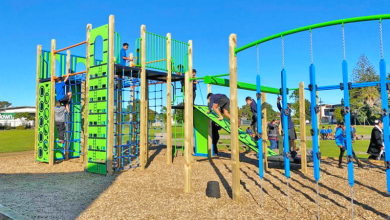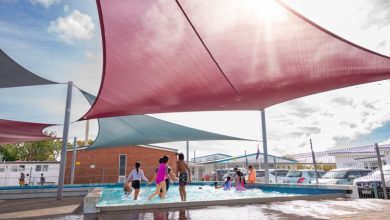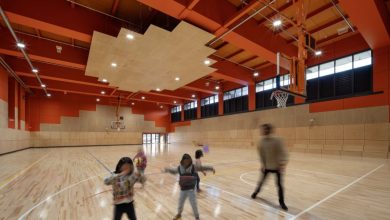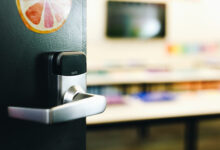Get a grip on versatile floor options
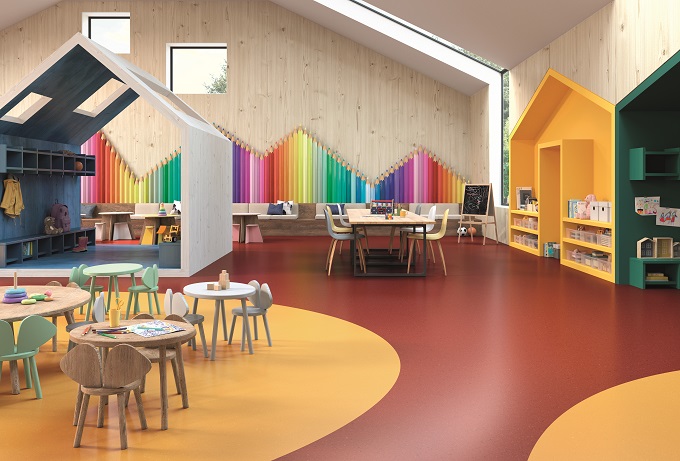
Agreed: the school environment actively shapes a student’s educational experience.
But are you flummoxed by your flooring choices?
This article originally appeared in our Term 1 issue. Read it here!
A well-done flooring installation can be both functional and beautiful and with carefully chosen options you can achieve striking aesthetics, utmost safety and prime performance possibilities. On the other hand, a floor failure at best can be an annoying distraction, or at worst a pending accident…
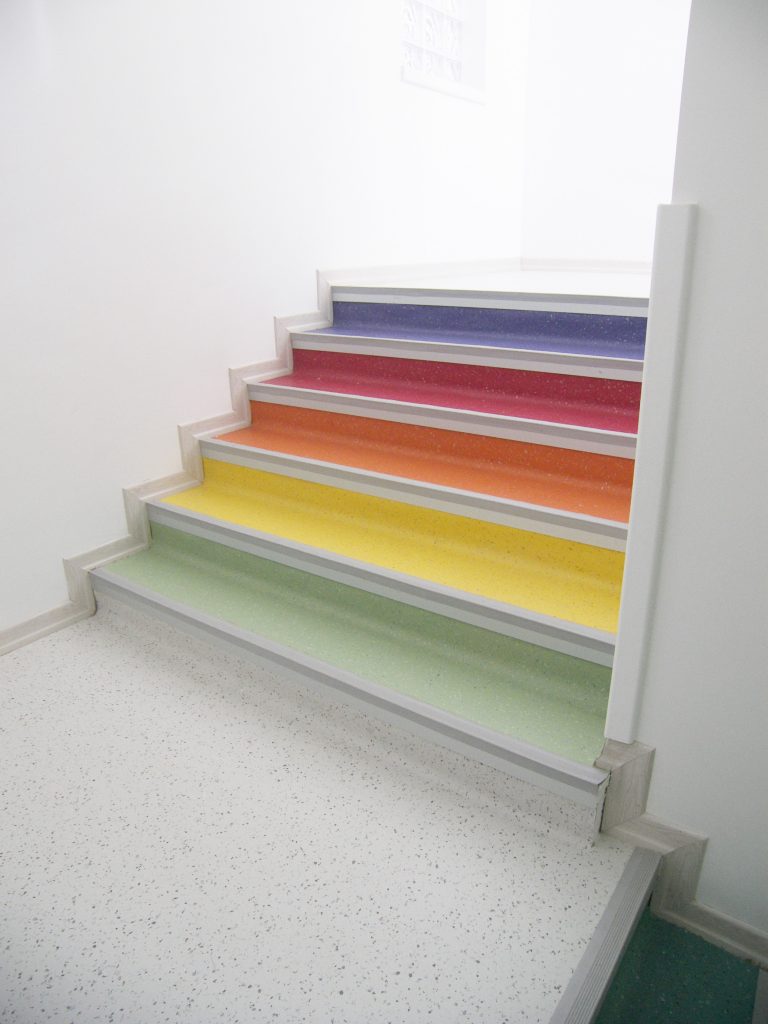
It’s essential to consider all your environmental conditions and the intended use when selecting your new flooring so it’s best to seek professional advice and risk assess to make sure you make the best possible under-foot investment.
School News’ most important considerations…
Question the function of the space. Some areas, such as a cafeteria or kitchen may be subject to heavy loads and you should really have a hard wearing, non-slip, easy clean and resilient floor, whereas an area such as a library will need a floor covering that promotes quiet, calm and comfort. Think about what furniture will be used in the space and how often it will be moved so that you can pre-empt damage from scraping chairs and tables.
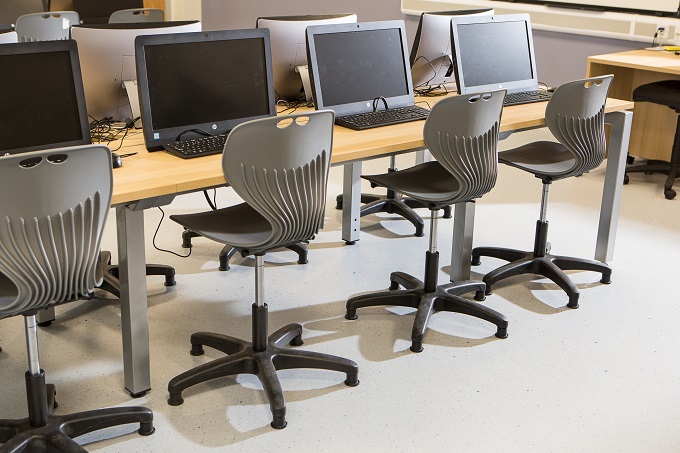
Remember, in areas where professional-standard sports training is undertaken, it is required for schools to seek recommendations from the relevant international sport body.
Anticipate foot traffic. This is important during construction and after installation, so it should influence your flooring and adhesive decisions. Ask your supplier and installer what materials best meet the specific demands of your particular space and how involved the installation process will be. It also pays to visit other nearby schools, particularly those that have undergone floor renovations in the last couple of years. Find out what is and isn’t working for them.
Agree on your budget: in terms of both time, cost and quality. Repairing some flooring might involve cutting out the damaged part and replacing the whole section – perhaps a costly and laborious task. Whereas timber can be more expensive but incredibly long-lasting if well-maintained.
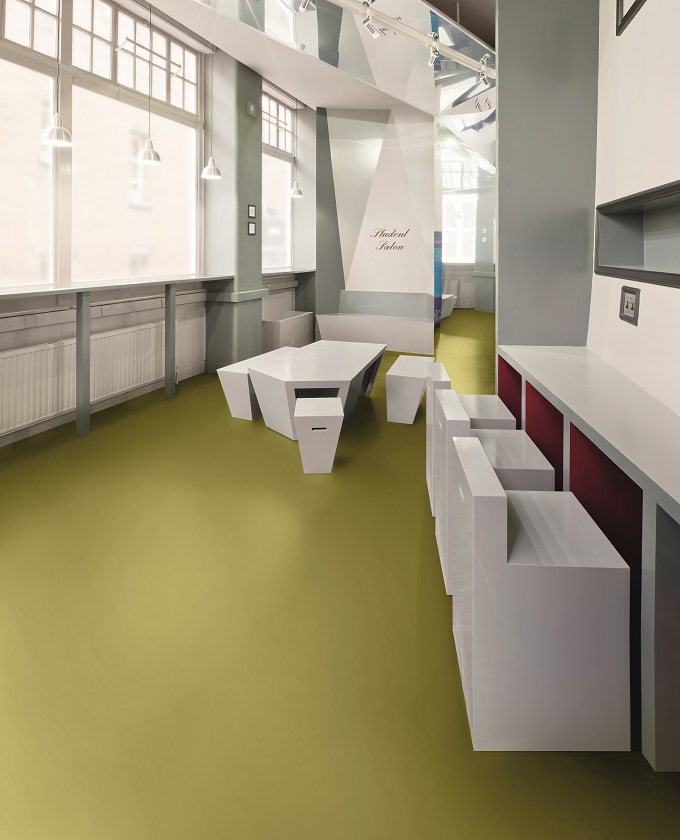
Determine the relative temperature and humidity of the space. This is important for both the flooring and adhesive choice because changes in moisture can lead to expansions and contractions of a floor and lead to trip and slip hazards. Make sure your flooring and adhesive is approved for use in educational areas: suppliers will be able to confirm this for you when you ask for quotes.
Aesthetics. Carpets, vinyl and rubber flooring come in all colours and designs that can be customised to your needs and preferences while wooden floors vary in type and finish but offer a warm, neutral and classic feel. Each material has different acoustics and depending on use, you may want something soft enough for students to sit on or tough enough to withstand heavy musical instruments.
Modern learning environments carry very individualised needs for school flooring. In one large space you might have several different needs in terms of colour, sound absorption and traffic. The best plan of attack in this case is to have a floor plan drawn up that you can take to a supplier and run through each use or classroom scenario.
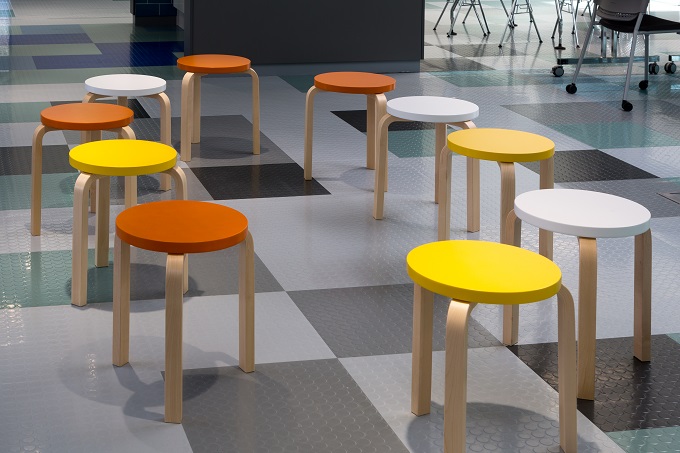
Determine if your flooring contributes to the sustainability of a space. Does the product and adhesive set the highest standards for indoor air quality and designate the lowest emitting products on the market?
Work out the level of noise absorption you require. Schools need some quiet spaces to enhance student comfort and concentration, and noise levels can be improved by installing softer surfaces like carpet. Sound absorption studies have shown that when comparing carpet to hard flooring, carpet is up to ten times more effective at absorbing sound.
Try to choose flooring materials that are easy to clean and maintain. Dark coloured carpet won’t be too forgiving on dust or paper debris but paler carpets will stain faster. Typically, schools use a variety of materials with the most popular including carpet, ceramic or porcelain and vinyl composition tile. Schools want flooring products that are easy to maintain, safe and functional, look good and provide flexibility
Types of flooring…
Vinyl provides a visually warm and welcoming environment, plus it can withstand heavy wheel and foot traffic. Vinyl tiles are flexible, easy to fit and cost effective to replace and can be used all over your school because many brands offer non-slip, non-scuff qualities and they can be designed for use in gymnasiums. For many installations, they provide a good balance between affordability and durability, they are also available in a wide range of colours and styles (including wood look) allowing you to create custom school floors for each space.
Rubber tiles are a resilient choice for schools and if they are composed of recycled tires it can help fulfil some of your building’s sustainability goals. This flooring might also be better at reducing the horrible noise from shuffling chairs.
Carpet, along with sound absorption is also superior when it comes to thermal resistance and can improve the energy efficiency of your whole building. This varies by geographic region and climate and how the flooring is used with other materials in the building, but some savings can offset any initial cost of purchase and installation.
Adhesive carpet tiles are simple to fit, remove and replace. If there is a stain or tear in one area you won’t have to replace the whole space, just the affected tile. Innovations in today’s carpet tiles makes them more durable, lighter with improved adhesives than carpet tiles of the past.
Wood is a very versatile option that can be used for lots of different needs. Timber provides good shock absorption and works effectively for heavier bodies in gymnasiums and on dance floors, providing some resilience against injury and promoting noise reduction.
All floor types come with various guarantees and warranties so study the long-term consequences that come with your product choice and how cost effective it will be in the long term.


